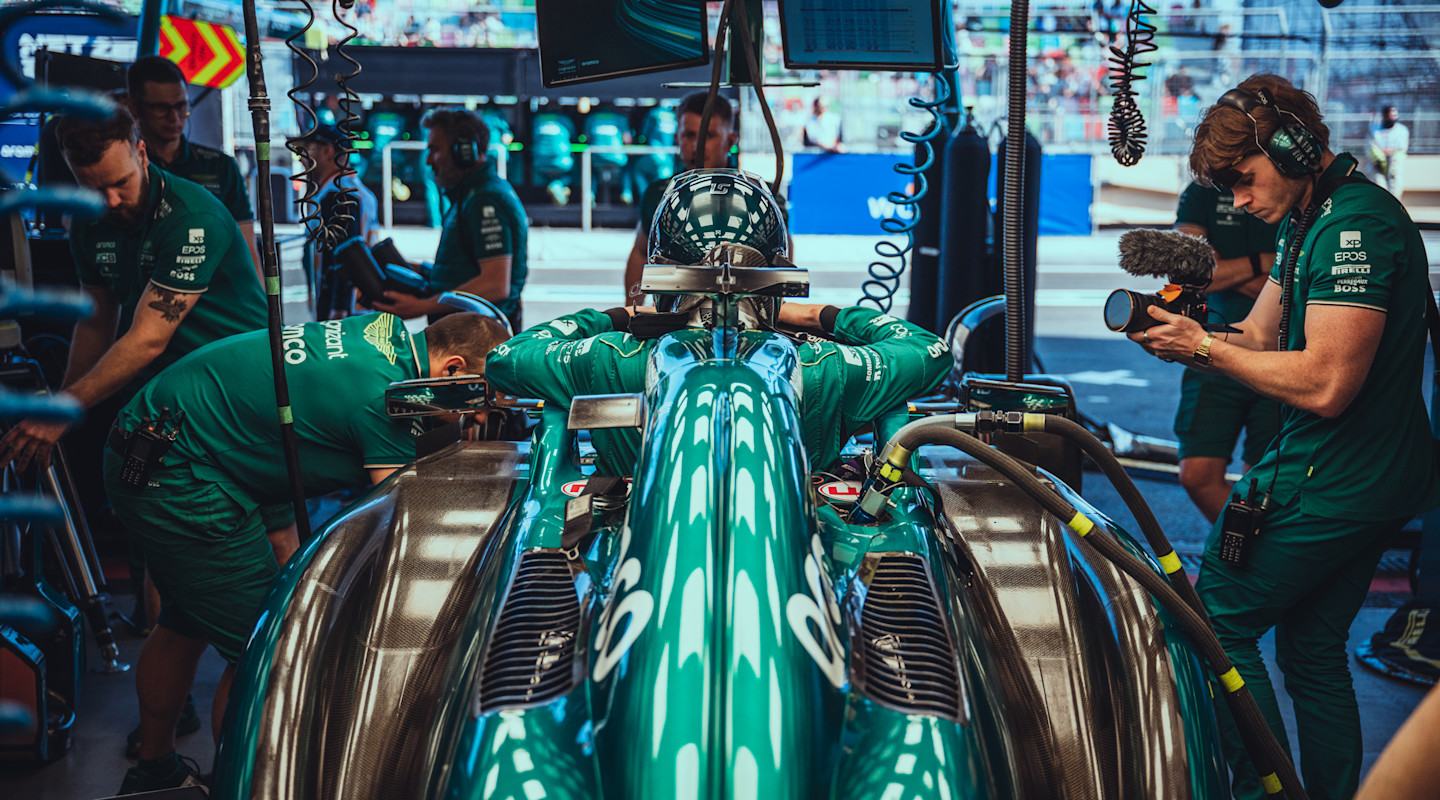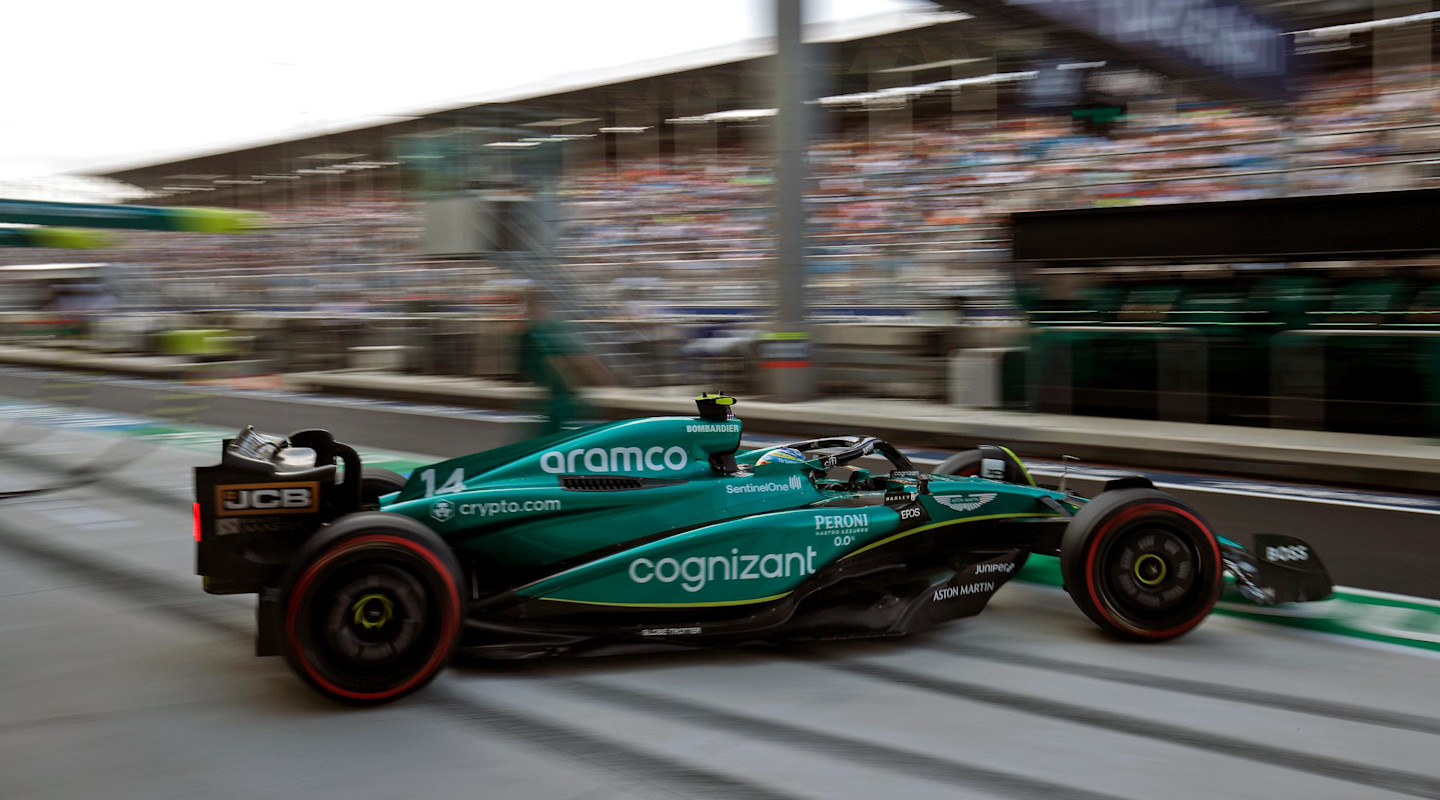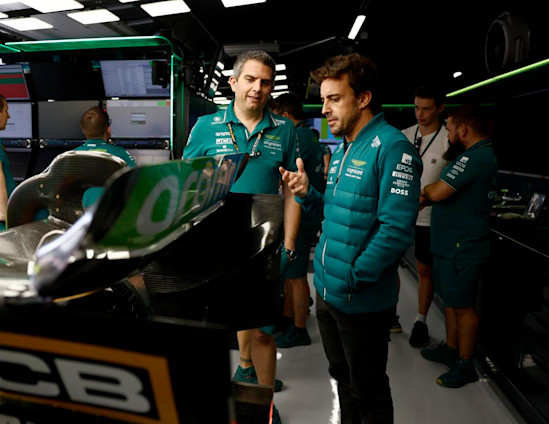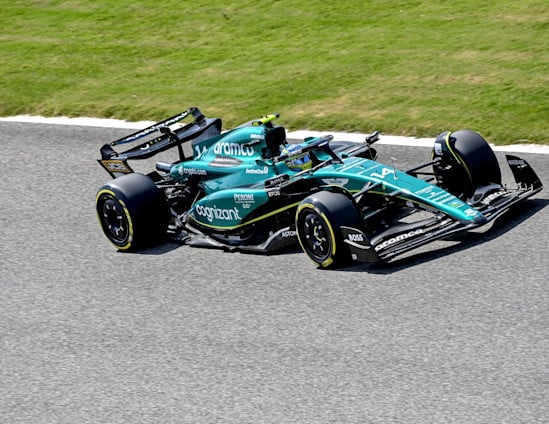
Together with our Official Trading Partner AvaTrade we guide you through the intricacies of Formula One and help you make sense of the rules and regulations you need to know. This is how qualifying works.
Formula One can be a daunting place but we've teamed up with our Official Trading Partner AvaTrade to help you make sense of the rules and regulations you need to know.
Here's our in-depth guide to the rules of qualifying – plus a look at the history of the format and how it has evolved...
Qualifying is as easy as Q1, Q2 and Q3 – but it's not always been that way.
Since the World Championship began, the grid for the Grand Prix was set with one-hour timed sessions on Friday and Saturday. But, in 1996, television audiences had grown, and broadcasters soon realised that the qualifying sessions needed to be shorter and sharper.
An hour-long format was ushered in for 1996, in which drivers were given four sets of tyres and 12 laps to give their best. This meant a lull in proceedings as drivers waited for the surface to rubber in, and then a frantic end to the session.
Qualifying for the 1997 European Grand Prix in Jerez was particularly exciting as three drivers set exactly the same time of 1m 21.072s. Jacques Villeneuve took pole ahead of Michael Schumacher and Heinz-Harald Frentzen as the Canadian set his time first, a rule that continues to decide dead heats to this day.
That system lasted until the end of the 2002 season when 'one-shot' qualifying was brought in. Each driver would set their fastest lap on Friday and the order would be reversed for a qualifying shootout on Saturday, giving the slowest driver from Friday the most 'rubbered-in' surface and a theoretical advantage.

One-shot qualifying was deemed a success but it wasn't easy to ensure parity given track conditions would change rapidly over the session – and the arrival of rain would hurt some drivers disproportionately. In 2004, the one-lap sessions were moved to Saturday but the flaws were still evident.
Perhaps the most convoluted qualifying format, 2005's aggregate system saw the grid decided by taking the average of times set over two single-lap qualifying runs: one on Saturday and another on Sunday. This was changed in 2006 with the introduction of the Q1, Q2 and Q3 system that is similar – but not identical – to the one we have now.
The format was tweaked and honed with the most significant change coming in 2010 when a ban on refuelling was brought in, while the top 10 were no longer forced to start the race on the set of tyres with which they set their fastest lap in Q2. There was also a complicated timed elimination process that lasted but one race (Australia 2016).
Currently, Saturday qualifying works like so: Q1 lasts 18 minutes, Q2 lasts 15 minutes, and Q3 lasts 12 minutes. Five drivers are eliminated and their grid positions are set in Q1, and the same goes for Q2, setting the grid from 20th place to 11th place and leaving 10 drivers to fight it out for pole in Q3. The format does change for F1 Sprint – scroll down for more on that.
Does the current system work? Yes; it's fair, not easily manipulated, not convoluted, and meritocratic. But it's always going to be under the microscope as the sport looks to improve the spectacle.

What is here to stay is the 107 per cent rule. This ensures that only cars that qualify within 107 per cent of pole position can compete in the race, eliminating slow competitors. That rule was introduced in 1996 when there were 11 teams on the grid, and while the 107 per cent rule was dropped when 'one-shot' qualifying was introduced in 2003, it's been in place ever since 2011.
Since 2011, only four drivers have been excluded from the race for a slow showing in qualifying.
As for tyres, teams can use any compound in Q1, Q2, and Q3, though you'll generally see red-banded Soft tyres on the cars. Those who make it to Q3 have to hand a set of Soft compounds to Pirelli, giving those 10 cars a slight disadvantage on race day.
So, it's all pretty simple. But there's another change coming.
For two Grands Prix in 2023, Pirelli will mandate the use of Hard tyres in Q1, Mediums tyres in Q2 and Soft tyres in Q3 as part of ongoing sustainability changes. That should shake things up even more.
Learn more with AvaTrade
In the same way that a racing driver can constantly learn and improve using data, AvaTrade encourages traders to hone and refine their own skills – courses are created by experts, free to access, tightly focused and comprehensive.
You can discover more about our partnership with AvaTrade and access a suite of free educational resources designed to help you enhance your trading skills.

AvaTrade explains the F1 rulebook
Amplify your fan experience
From exclusive collabs to once-in-a-lifetime prizes, I / AM DROPS is a new series of unique and ultra-limited moments and fan experiences.
Sign up for I / AM or sign in to unlock.





































